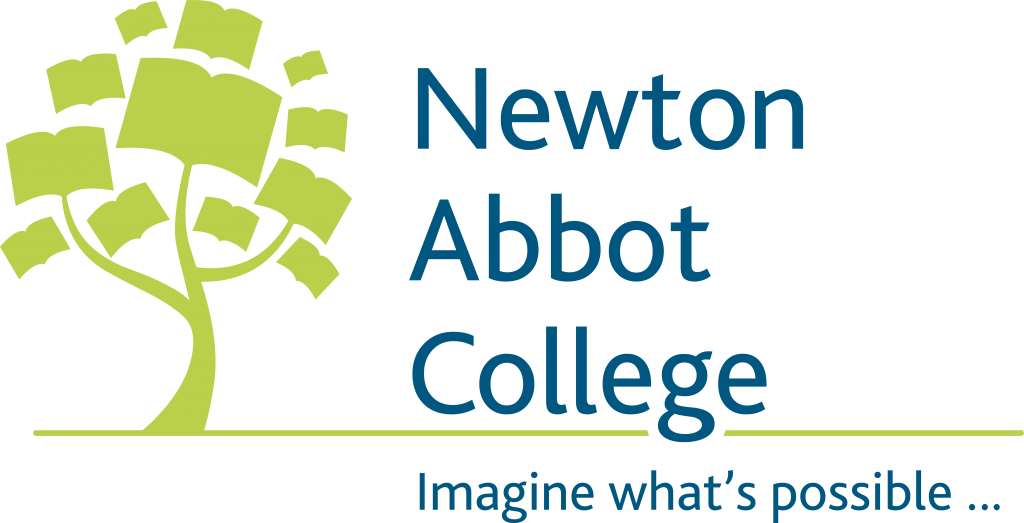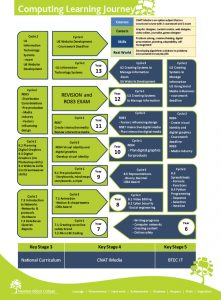Hannah has 30 years’ experience working across a number of different Industry sectors in senior roles. She has always aimed to channel her talents into directions that create social change for good. In her role as Head of Social Responsibility at British Gas, Hannah worked collaboratively with a number of UK Charities to help tackle fuel poverty in the UK, specifically working with Save the Children. After living and working in London for 18 years, Hannah moved back to Devon to raise her children and be closer to her wider family, her son is still at Newton Abbot College.
In 2015 Hannah took over as Director of Social and Commercial Enterprise for the Dame Hannah Rogers Trust, a local Devon Charity, which supported children and young adults with Special educational needs and disabilities succeed. Now as Chief Executive Officer, Hannah leads the Life Chance Group, and School for Inspiring Talents; an award-winning independent therapeutic education provider that specialises in supporting young people and families who have experienced trauma. Hannah is also a Trustee for the Life Chance Trust which supports 16-25 year olds in our local community who have had complex life histories.



